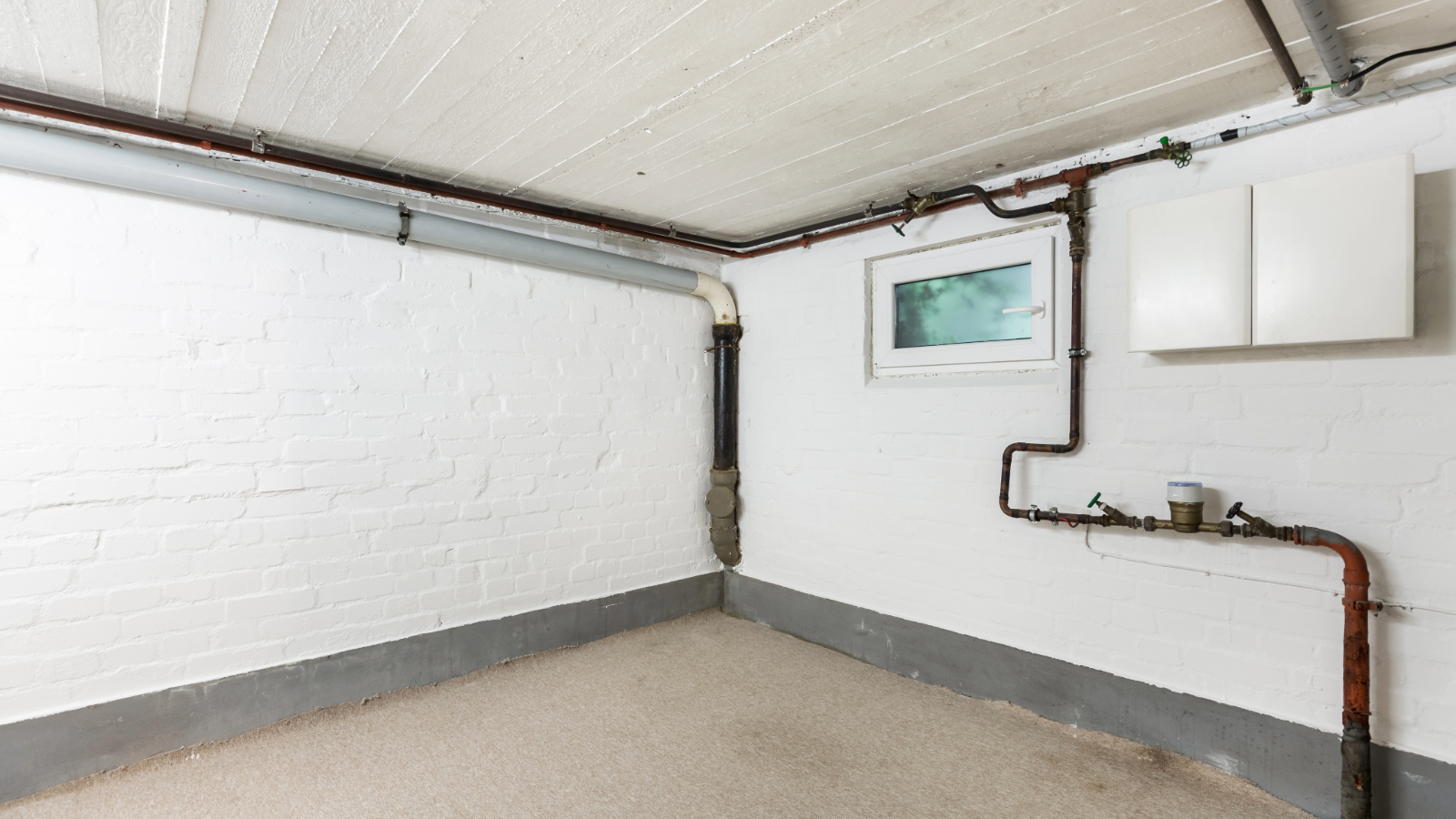Mould mites — could your home be hiding unwelcome guests?
Did you know there could be bugs lurking in your mould patches? We ask the experts what mould mites are, where you find them and how to eradicate them
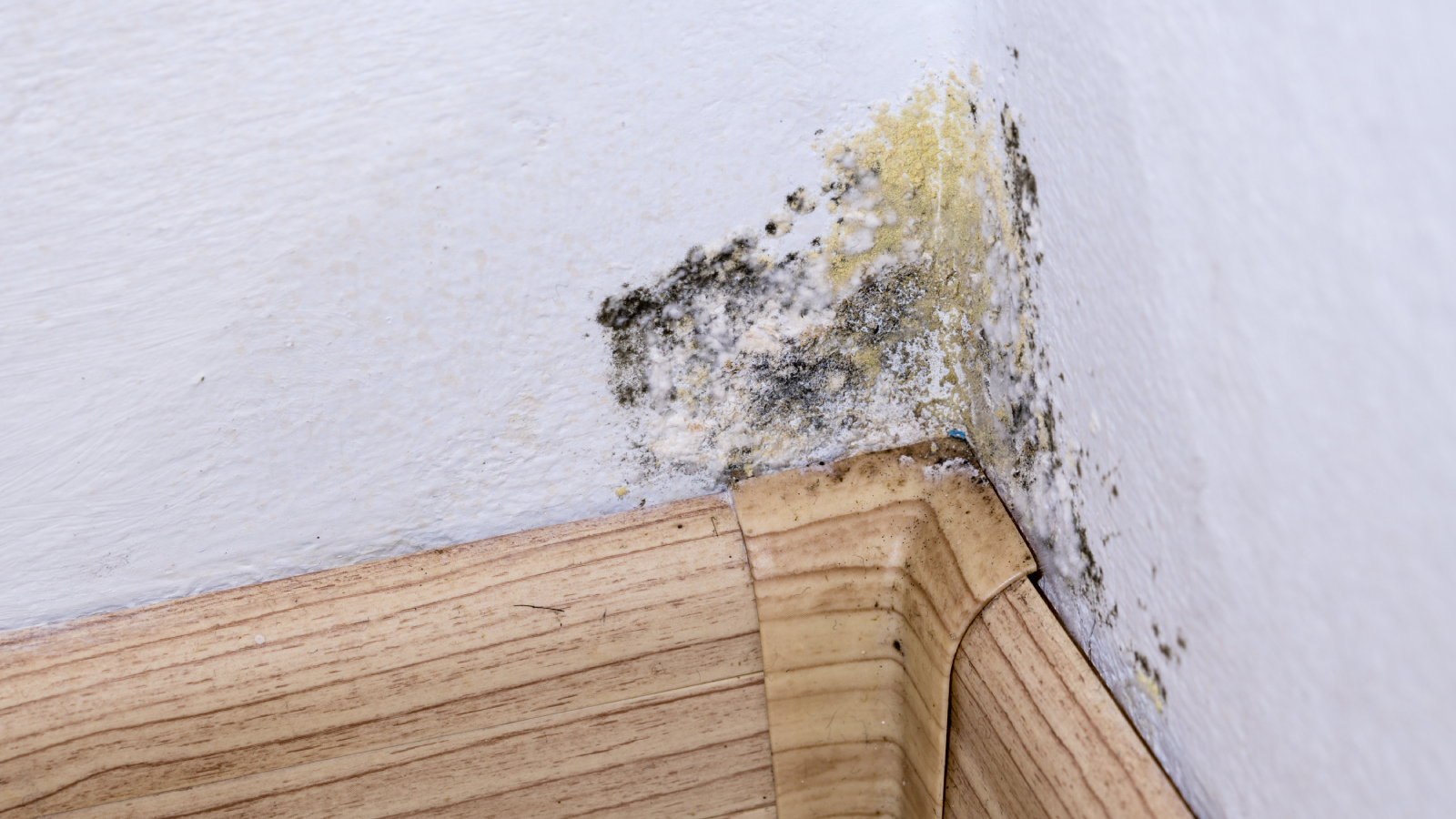
If you've been looking at advice on mould removal, you might find yourself tackling it a bit sooner after reading this. As well as looking unsightly and posing risks to you and your home, your mould patches could be home to a breed of bugs known as mould mites.
Tiny in stature but prolific in their ability to breed, they're also not fussy in terms of where they live, and in fact can move around your home without you even realising.
Feeling a little concerned you could have these unwelcome visitors in your home? We asked the experts to explain exactly what they are, where you might find them and if every home with mould has them.
Mould mites are also referred to as cheese mites
Bug experts among you may also recall having heard mould mites referred to as cheese mites. But are they really the same thing or is it a myth?
"Mould mites are sometimes called cheese mites," confirms Georgina Shepherd, cleaning expert at Housekeep.com. "But, it's a bit misleading, as cheese mites is also a term used to describe different mites that are deliberately within the cheese-making process."
Kristian Nettleship, member support officer at the British Pest Control Association (BPCA) responds with something that's a little more unsettling, so if you're a fan of cheese, you may want to skip to the next section.
"Yes, they are the same thing. The way that cheese is aged and the environment it is often stored in, plus the proteins in cheese, are attractive to cheese mites/mould mites," he explains. "Cheese mite activity is very common in aged cheeses."
Bring your dream home to life with expert advice, how to guides and design inspiration. Sign up for our newsletter and get two free tickets to a Homebuilding & Renovating Show near you.
So while that may not be the most pleasant thought for the day, what about mould mites that live on the mould in your home? What exactly are they and how can you remove them?

Georgina is one of Housekeep.com's cleaning experts, providing knowledgeable advice to clients and staff on how to keep your home hygienically safe and sound.

Kristian Nettleship has been in pest control for over 20 years. As Member Support Officer he helps BPCA members tackle tough pest problems and regularly assesses members for quality.
What are mould mites?
"Mould mites, also referred to as mould feeding mites, are tiny arthropods, placing them in the same bracket as spiders," explains Kristian Nettleship.
"Formally known as Tyrophagus Putrescentiae, they are tiny creatures that – as the name suggests – feed primarily on the different types of mould," adds Georgina Shepherd. "They often show up as greyish dust around damp, mouldy areas."
Wondering why you've never spotted them crawling around? It's because they are thankfully microscopic in size.
"Measuring just 0.3 to 0.5 mm in length, these mites are usually white or translucent, making them difficult to spot with the naked eye," says Kristian.
Given they are no larger than a grain of salt, Georgina confirms you'd only typically spot them when they gather in large groups where they appear as a grey or dusty coating on surfaces.
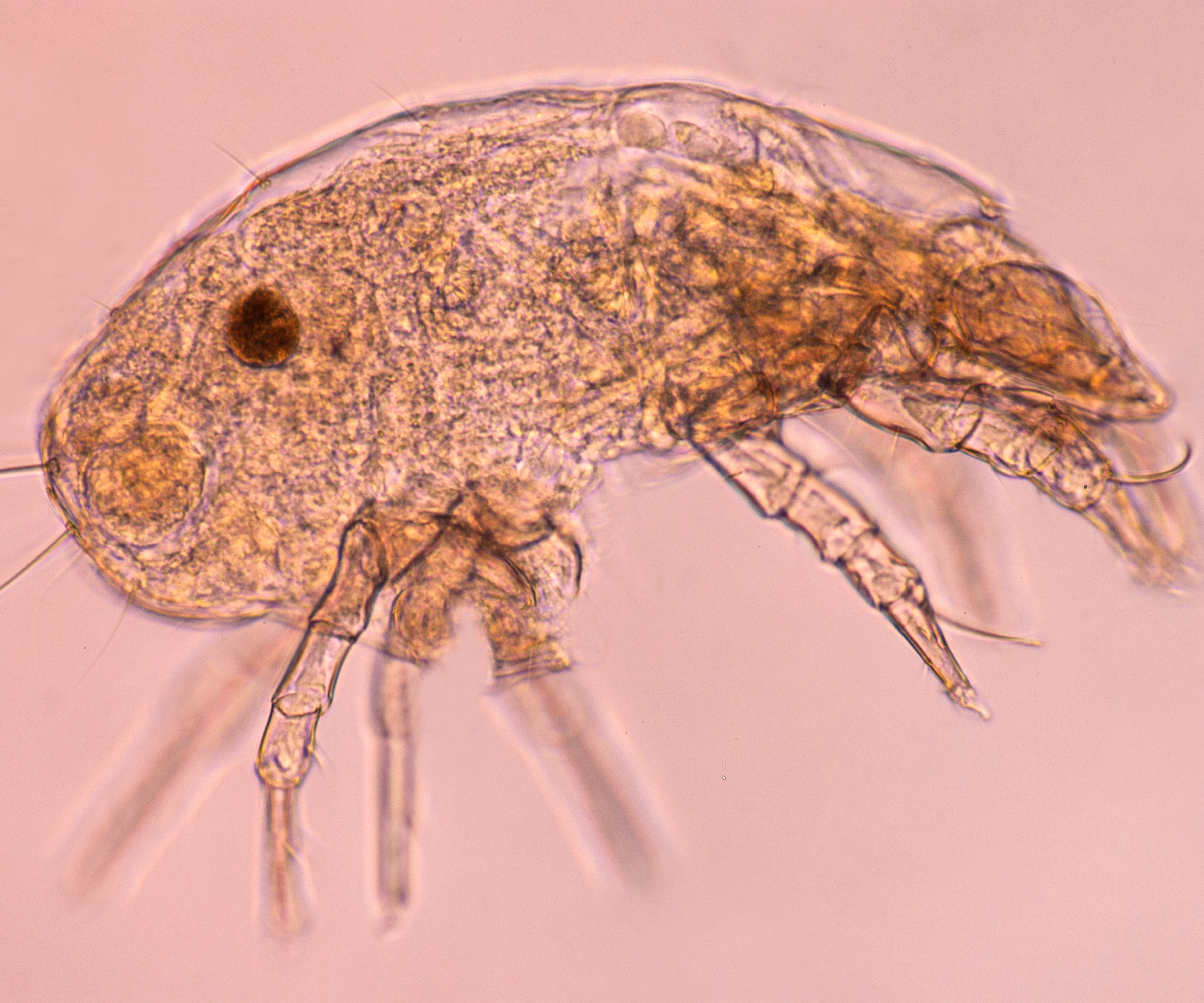
Where do they live?
However, in terms of where they can live, it seems they are partial to travelling around your home, not restricting themselves to one favourite space.
"Mould mites are incredibly adaptable, and can live in many places," says Georgina Shepherd. "I think of them as little hitchhikers as they can travel from one place to another on clothing, food and furniture. Remarkably, they were even discovered onboard the Russian Mir Space Station, which demonstrates just how adaptable they are."
Of course, this doesn't mean everyone has them. As their name confirms, they need certain conditions in which to thrive.
"In the UK, mould mites are commonly found in damp areas of homes, such as basements, bathrooms, kitchens or around leaky pipes or windows," says Kristian Nettleship, "and damp is the main cause of mould mites. Excess moisture in the home will lead to damp conditions that cause mould."
"You’re unlikely to find mould mites in mould-free environments as they don’t have the necessary conditions to feed and breed," Georgiana confirms. "However, you can find them lurking where mould is starting to grow, such as damp cardboard or spoiled food."
So while the damp patches on your wall would be your main breeding zone, it's also worth making sure recycling bins, kitchen cupboards and fridges are all kept mould-free too.
"Mould mites are drawn to any place with mould to feed on, thriving in damp and humid environments, making bathrooms and kitchens hotspots," says Georgina. "They are commonly found on window sills, under sinks, damp cardboard and spoiled food. They can even be found in more hidden areas of the home, especially if there is mould under flooring and within walls."
And, even if you do have mould, it doesn't mean you automatically have mould mites.
"However, it’s hard to know if you do have mould mites as they’re so small," warns Kristian. "So, the quicker you deal with mould build-up, the less chance mould mites have of finding your home habitable."
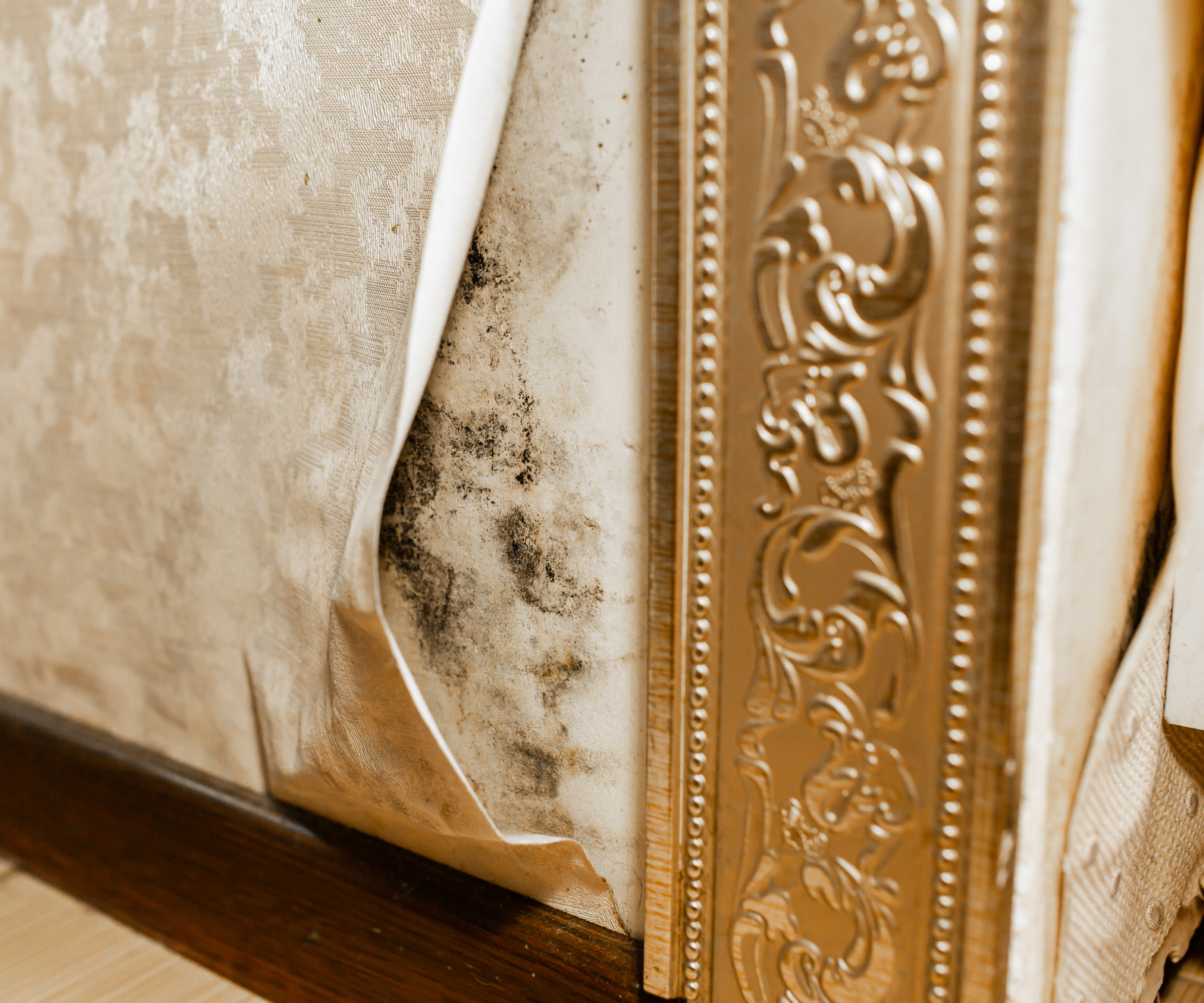
How quickly do they spread?
With the propensity and ability to spread quickly, nipping mould in the house in the bud as quickly as you can is key to removing their presence.
"Under the right conditions, mould mites can spread incredibly fast," says Georgina Shepherd. "A single female can lay around 20-30 eggs per day, and these eggs can hatch within just a few days. If the area stays humid, damp and mouldy, the population can grow rapidly."
The only upside is they do have a short lifespan, says Kristian Nettleship, but if the problem isn't tackled, they could simply keep repopulating.
Are mould mites dangerous?
The somewhat good news is that mould mites themselves are not known to bite or sting, Kristian Nettleship reassures us. However, they can cause problems for some.
"Mould mites can trigger certain allergic reactions. in some people," says Georgina Shepherd. "When they shed and their tiny hairs become airborne, they can irritate the skin, cause sneezing, and sometimes even lead to respiratory issues in a few individuals."
"For people with asthma, exposure to mould mites can trigger symptoms and worsen existing respiratory conditions," confirms Kristian.
And of course, the health problems regarding allergies and respiratory issues that are associated with mould remain the same – whether the mould is home to mould mites or not.
Shop these dehumidifiers to help tackle mould in the home
How to get rid of mould mites
To get rid of mould mites, you need to start by tackling the mould itself. After all, they can’t feed and multiply without it. Whether it's mould on windows, mould on wallpaper or black mould in bathrooms, removing it is essential to prevent the mites taking up residence or spreading even further.
Both experts recommend the following for helping to tackle and prevent any future problems.
- The first step is to dispose of any porous mouldy items, such as cardboard, food and untreated wood
- Secondly follow best practices for removing mould on ceilings and other materials which you aren’t throwing away
- Keep your home ventilation front of mind. Normal humidity in a house should be around 50% at all times. You should regularly open windows to ensure natural ventilation, or consider investing the best dehumidifier to help tackle condensation in your home
- Check for any leaks which could be causing underlying mould under carpets and inside cupboards - especially under the bathroom or kitchen sink
- Have your roof inspected for damage, address any plumbing leaks or water damage promptly and make sure gutters are cleaned out regularly
- Dust and vacuum frequently, to rid of possible mould spores, and keep everything neat and tidy to avoid any first signs of mould going unnoticed. You should also avoid piling up paper and cardboard, as these materials are like sponges when it comes to moisture
- If necessary, insecticides specifically designed for mites can be used, but they should be used with caution. ALWAYS read the label and follow it, as this is the law
- For persistent issues or large infestations, it’s advisable to consult pest management professionals like BPCA members, who are trained to deal with these situations and have access to products not available for the general public
While the chances are we've all had mould mites in our homes, there's no time like the present to deal with your damp problems and eradicate them for good. Follow this advice on how to treat damp and if you're struggling with moisture building up on single glazing in the winter months, find out how to stop window condensation to prevent any future issues with damp.
Concerned you may have a bigger pest problem than you first thought? Find a BPCA member company in your area who can help.

Sarah is Homebuilding & Renovating’s Assistant Editor and joined the team in 2024. An established homes and interiors writer, Sarah has renovated and extended a number of properties, including a listing building and renovation project that featured on Grand Designs. Although she said she would never buy a listed property again, she has recently purchased a Grade II listed apartment. As it had already been professionally renovated, she has instead set her sights on tackling some changes to improve the building’s energy efficiency, as well as adding some personal touches to the interior.
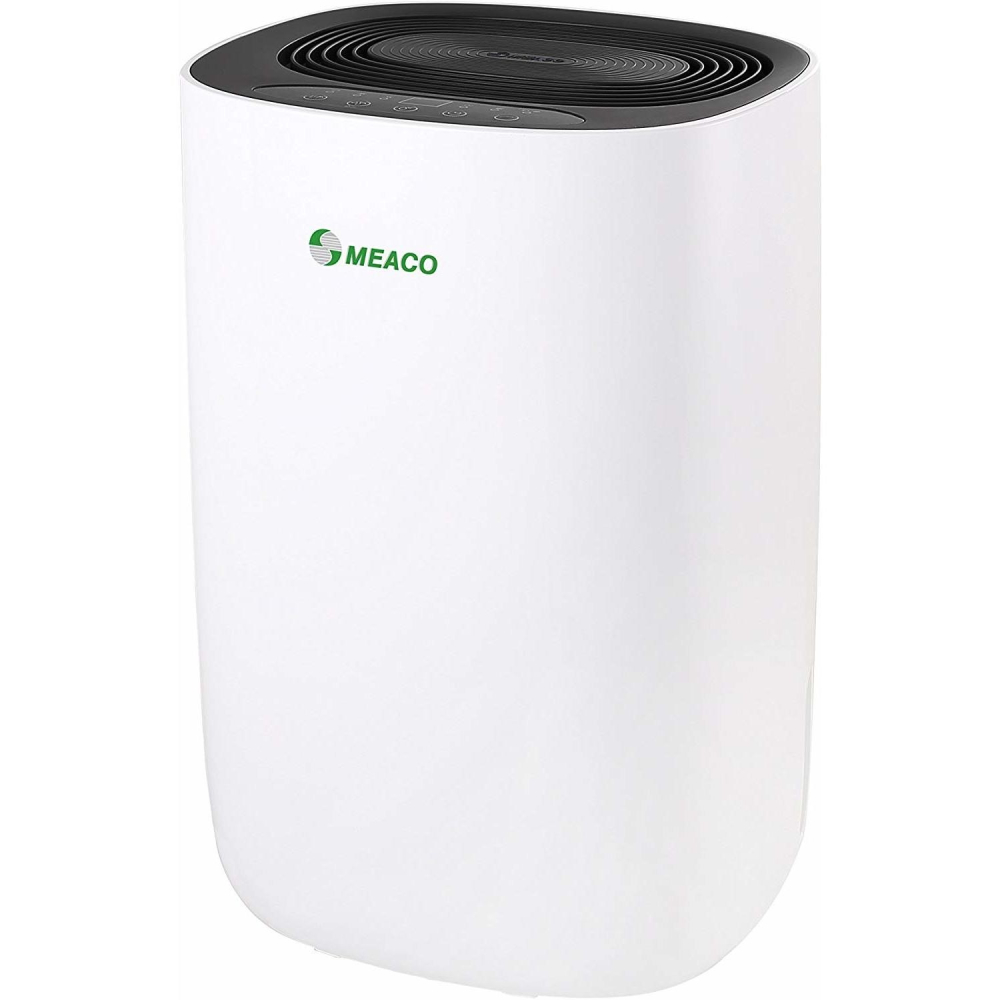
![Meaco 20l Low Energy Dehumidifier and Air Purifier 2 in 1- Dehumidifier for Medium to Large Size Homes - Controls Humidity & Cleans Air All Year Round With Hepa Filter [energy Class A] White](https://cdn.mos.cms.futurecdn.net/coT2N8EnR6kEqsfCQgjqKk.jpg)

